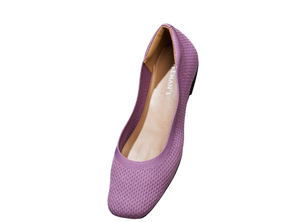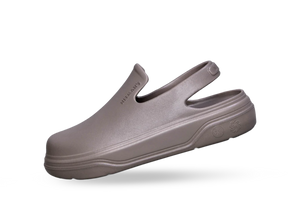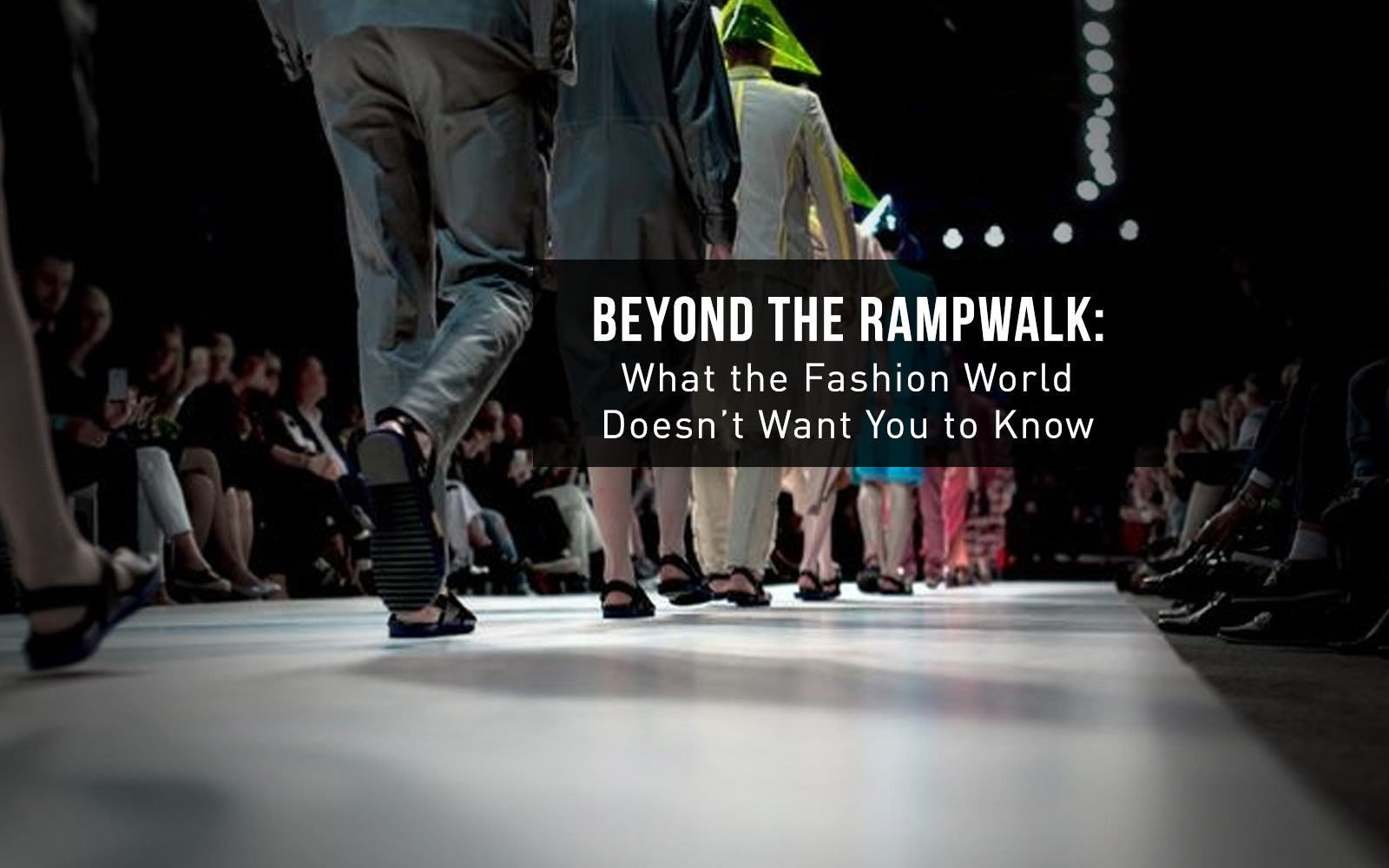Glitz. Glamour. Trends. Runways. Seasons.
These are some of the things we instantly relate to when we think of or talk about the fashion industry. And while all of that is true, the bigger devil lurking in the shadows is a reality as well.
The fashion industry tells us a lot of things – through advertisements, magazine layouts, editorial photoshoots, the colors of the season, the body types it promotes, the buzzwords it likes a certain season, but it also has a lot to hide under the rug. But years of pushing and shoving ugly truths under the rug have led to a mountain that the industry itself is bound to stumble upon.
In fact, the state of affairs is such that even the stalwarts of the industry can’t deny it. In a narrative interview with Vestoj (fashion-based research platform), the late Glenn O’Brien, who was editor-at-large at international men’s magazine Maxim once said, “As an industry, fashion today represents all the worst values: sheer egoism, lack of conscience, instant gratification, mental laziness.”
So, let’s look at the other side of the coin through 5 things the fashion industry isn’t telling you:
1. They tell you to buy but don't tell you what to do with it once you have no use for it

(Image Source: theguardian.com)
The fashion world will tell you what to buy, when to buy, when to wear it, and even how to wear it, but what about when you have worn a certain piece of clothing or accessory out? Very few entities, globally, take responsibility for textile waste, not to mention the madding clutter that inevitably forms in your wardrobe. Why aren’t there easier ways to give up your clothes for upcycling or donation? After all, fashion waste is costing the global economy more than $400 billion every year, according to the World Economic Forum. And this is just the economic impact of fashion waste. Beyond economic loss, fashion waste leads to environmental disasters.
2. Discrimination is rampant in the fashion industry

(Image Source: The Atlantic)
Neon colors and cut-out trends might be in, but discrimination isn't. Despite fashion's claim to be all about expression and inclusivity, the giants of the industry still stand guilty of practicing exclusion. For far too long, the industry has clung to long-established ideals, leaving no room for dark skin, fat bodies, wrinkles, or any deviation from the norm. This discrimination goes beyond superficial trends; it runs deep, with a lack of diversity in body types on the runways, deep-rooted systemic racism, and a feeling of not belonging for black employees. Leading studies and surveys conducted by fashion media houses and groups have revealed the glaring gaps in representation – from ethnicity and culture to various body types and identities. It's time to shed light on these issues and strive for a truly inclusive fashion world that celebrates every individual, as it claims to in its glossy celebrity-led campaigns.
3. You won't look the same as the model who's wearing it

(Image Source: TheFashionLaw)
If the fashion industry wants to tell you what you should look like, they ought to first make you feel bad about how you look, what you wear, and how you wear it. But what they don’t tell you is that it requires a village for a model, a performer, or an actor to look the way they do in front of the camera. It’s a multi-billion dollar industry invested in fabricating a body that is far from realistic while selling imagery, products, and clothes to people of all shapes and sizes. In a first-of-its-kind essay, a leading Bollywood actress spoke up and wrote, “Please know that nobody wakes up like this. Not me. Not any other actress. (Not even Beyoncé. I swear.) I’ve said it before, and I will keep saying it: It takes an army, a lot of money, and an incredible amount of time to make a female celebrity look the way she does when you see her. It isn’t realistic, and it isn’t anything to aspire to.” (Source Buzzfeed)
4. Traditional fashion shows have a gigantic (hidden) carbon footprint

(Image Source: thetimes.co.uk)
Fashion shows are an extravagant affair, to say the least. Behind the storytelling, iconic locations, spectacular sets, hundreds of models and coordinators, and an overall cinematic affair is the carbon footprint of organizing and executing a half-an-hour show. Besides the ones in the fashion capitals of the world - there are multiple fashion shows, often separately for men's and women’s collections, in different parts of the world. This involves a mammoth amount of resources, minus that used in making the (often vast) collection – energy, materials, air travel, accommodation in 5 stars and above, and much more. However, despite there being prominent and repeated clarion calls for reigning in fashion environmental impact, there is no reliable data on just how much is the carbon footprint of a physical fashion show. According to data collected by Carbon Trust & ORDRE on the emissions generated solely from the business travel of designers and buyers attending fashion weeks in a year, a total of 241,000 tonnes of carbon emissions were created from air travel, accommodation, intercity travel and the transportation of collections by roughly 11,000 individual retail buyers and 5,000 designers in the 12 months starting from the Spring/Summer 2018 season.
5. Its environmental commitment is based on gut instinct instead of science and research

(Image Source: cms.groupeditors.com)
To put into perspective, the number of garments produced each year is estimated to be between 80 billion to 150 billion, a range facilitated by the dizzying pace of fast fashion’s production and a new collection each week. But if you consider that range (80 billion to 150 billion), it’s not hard to realize that it is mind-bogglingly vast. Moreover, global studies have widely reported that three-fifths of these will be discarded within "years" owing to various reasons like low quality, maintain novelty and keep up with trends, among others. However, it fails to specify an exact time frame during which these clothes are discarded, only stating “years” which is vague and unactionable. The industry has also long been accused of shedding responsibility for these discarded clothes that continue to mount in textile landfills around the years. In India, over one million tonnes of textiles are scrapped every year, according to industry estimates. Textile waste is the third largest source of municipal solid waste in India, a major chunk of it dumped in the north Indian city of Panipat, as per the documentary “Unravel”, directed by Meghna Gupta. It goes without saying that in order to truly rally the fashion industry in the battle to save our world from burning, relying on these unreliable facts is counterproductive.
We all know, thanks to the adage, that in the world of fashion, appearances can be deceiving. Beneath the glitz and glamor that draws people in lies a complex reality that demands attention. So, let's pull back the curtain and have a candid conversation. It’s time the industry takes a long, hard look in the mirror and embraces reform for the greater good.





































































Leave a comment